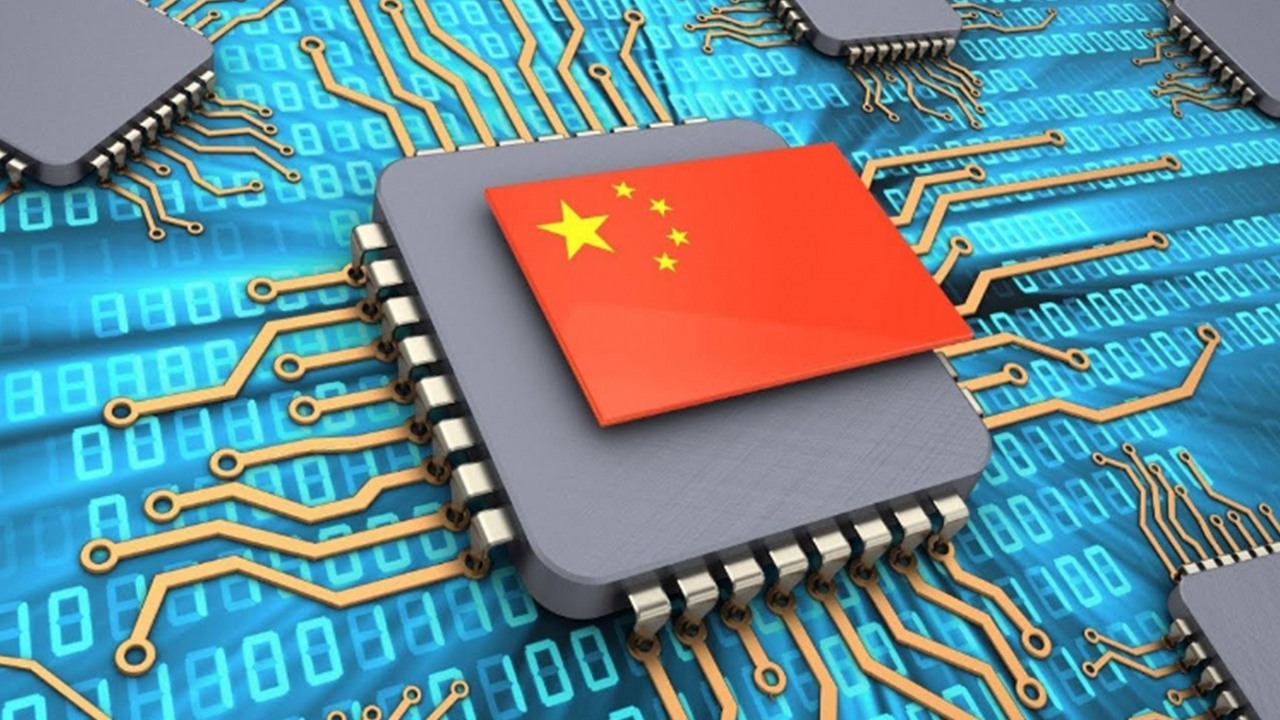New Chinese CPU Surprises With Performance; Competition Grows for Intel and AMD
The Chinese have unveiled the latest Loongson CPU, which matches the performance of the first Ryzen. This is the country's another step of towards independence in the high-tech sector.

Chinese processor manufacturer Loongson has officially unveiled the next-generation CPU model 3A5000, based on its proprietary microarchitecture. The developers argue that the device provides half the performance with lower power consumption compared to its predecessors. This could mean more competitiveness in the market and putting up a fight with the leading brands.
The Chinese claim that LoongArch is 10 to 20% more efficient than the earlier processor architecture and offer 150% of the performance of its predecessor, the 3A4000, while consuming 30% less power. It's difficult to compare the 3A5000 with US-designed devices due to design differences. Still, the Loongson boasted a score of over 80 in the SPEC CPU2006 test, putting it in the same performance category as early Ryzen and sixth-generation Intel devices.

Superscalarity is a feature of processors that means the ability to execute several machine commands (operations) simultaneously.
The Loongson 3A5000/LS3A5000 is a quad-core processor clocked at 2.30GHz - 2.50GHz. The cores are superscalar, each with four general purpose ALUs and two 256-bit vector operation units, and based on proprietary LoongArch GS464V design, which is very similar to x86 and ARM. However, it was designed from the ground up to bypass foreign licensing requirements. In addition to the basic ISA instruction set, it supports binary translation extensions (LBT), vector processing extensions (LSX) and advanced vector processing extensions (LASX).
A 16-core version of the 3A5000 has also been announced and will be available later this year. The Chinese semiconductor industry is rapidly approaching independence.
The Chinese have been trying to be self-sufficient for many years, gradually becoming independent foreign products - especially when it comes to modern technology. 3 years ago, the government of the People's Republic of China established a national fund to achieving self-reliance in this sector. In December 2019, it was decided to reduce the number of foreign components and software in government equipment to zero over the next 3 years. The directive was most likely a response to U.S. actions restricting the use of Chinese products. Recent years show that the "center of gravity of the world" is moving to the Asia-Pacific region, primarily in the field of modern technology.
0

Author: Adam Krolak
Computer geek, enthusiast of older and forgotten productions with soul (mainly RPG and strategic games), which he still plays to this day. He often returns to the 8-bit games that he used to play in his childhood. Enjoys traveling and learning languages. Interested in Asia, with a focus on Indonesia, Japan, and Korea. Likes Asian cinema, Indonesian cuisine, and fantasy books.
Latest News
- End of remote work and 60 hours a week. Demo of Naughty Dog's new game was born amid a crunch atmosphere
- She's the new Lara Croft, but she still lives in fear. Trauma after Perfect Dark changed the actress' approach to the industry
- „A lot has become lost in translation.” Swen Vincke suggests that the scandal surrounding Divinity is a big misunderstanding
- Stuck in development limbo for years, ARK 2 is now planned for 2028
- Few people know about it, but it's an RPG mixing Dark Souls and NieR that has received excellent reviews on Steam, and its first DLC will be released soon

